World Bank Publications - Data for Learning: Building a Smart Education Data System
Here you can read online World Bank Publications - Data for Learning: Building a Smart Education Data System full text of the book (entire story) in english for free. Download pdf and epub, get meaning, cover and reviews about this ebook. year: 2017, publisher: World Bank Publications, genre: Politics. Description of the work, (preface) as well as reviews are available. Best literature library LitArk.com created for fans of good reading and offers a wide selection of genres:
Romance novel
Science fiction
Adventure
Detective
Science
History
Home and family
Prose
Art
Politics
Computer
Non-fiction
Religion
Business
Children
Humor
Choose a favorite category and find really read worthwhile books. Enjoy immersion in the world of imagination, feel the emotions of the characters or learn something new for yourself, make an fascinating discovery.
- Book:Data for Learning: Building a Smart Education Data System
- Author:
- Publisher:World Bank Publications
- Genre:
- Year:2017
- Rating:3 / 5
- Favourites:Add to favourites
- Your mark:
Data for Learning: Building a Smart Education Data System: summary, description and annotation
We offer to read an annotation, description, summary or preface (depends on what the author of the book "Data for Learning: Building a Smart Education Data System" wrote himself). If you haven't found the necessary information about the book — write in the comments, we will try to find it.
Data are a crucial ingredient in any successful education system, but building and sustaining a data system are challenging tasks. Many countries around the world have spent significant resources but still struggle to accomplish a functioning Education Management Information System (EMIS). On the other hand, countries that have created successful systems are harnessing the power of data to improve education outcomes.Increasingly, EMISs are moving away from using data narrowly for counting students and schools. Instead, they use data to drive system-wide innovations, accountability, professionalization, and, most important, quality and learning. This broader use of data also benefits classroom instruction and support at schools. An effective data system ensures that education cycles, from preschool to tertiary, are aligned and that the education system is monitored so it can achieve its ultimate goalproducing graduates able to successfully transition into the labor market and contribute to the overall national economy. Data for Learning: Building a Smart Education Data System and its forthcoming companion volume shed light on challenges in building a data system and provide actionable direction on how to navigate the complex issues associated with education data for better learning outcomes and beyond.Data for Learning details the key ingredients of successful data systems, including tangible examples, common pitfalls, and good practices. It is a resource for policy makers working to craft the vision and strategic road map of an EMIS, as well as a handbook to assist teams and decision makers in avoiding common mistakes. It is designed to provide the how-to? and to guide countries at various stages of EMIS deployment. A forthcoming companion volume will focus on digging deeper into the practical applications of education data systems by various user groups in different settings.
World Bank Publications: author's other books
Who wrote Data for Learning: Building a Smart Education Data System? Find out the surname, the name of the author of the book and a list of all author's works by series.

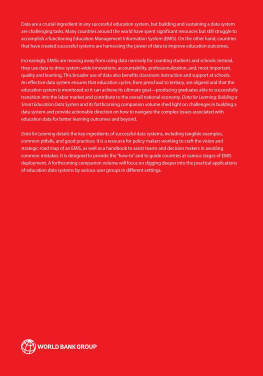

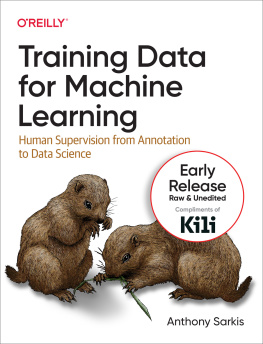
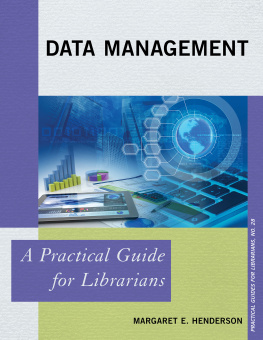

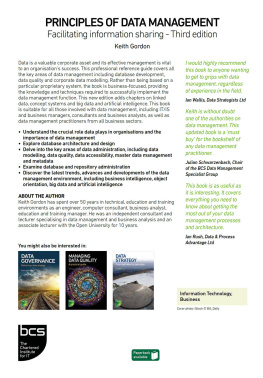

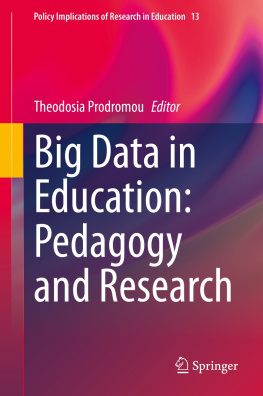
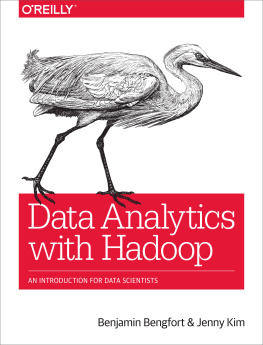
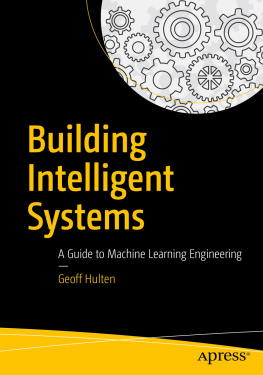
![EMC Education Services [EMC Education Services] - Data Science and Big Data Analytics: Discovering, Analyzing, Visualizing and Presenting Data](/uploads/posts/book/119625/thumbs/emc-education-services-emc-education-services.jpg)


